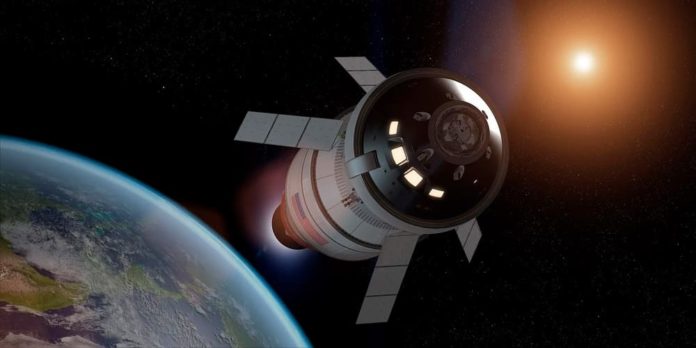The outer solar system is a mysterious and largely unexplored region of space, home to gas giants, icy moons, and distant dwarf planets. While we’ve made incredible strides in exploring the inner solar system, the outer reaches still hold many secrets. But the future of space exploration is bright, and with advances in technology, the next generation of space probes is poised to unlock these mysteries. So, what does the future hold for space probes venturing into the outer solar system? Let’s take a closer look at the exciting possibilities.
The challenges of exploring the outer solar system
Vast distances and long journey times
One of the biggest challenges in exploring the outer solar system is the immense distance. Planets like Jupiter, Saturn, Uranus, and Neptune are millions of miles away from Earth, making it difficult for probes to reach them quickly.
- Travel time: Current technology means it can take years, even decades, for a probe to reach the outer planets.
- Communication delays: The vast distances also result in long communication delays, making real-time control of probes nearly impossible.
Harsh environmental conditions
The outer solar system presents extreme environmental challenges:
- Intense radiation: Particularly around Jupiter, where the radiation belts can damage or destroy unprotected electronics.
- Extreme cold: Temperatures plummet in the outer reaches, requiring probes to be equipped with special insulation and heating systems.
Technological innovations shaping the future of space probes
Advanced propulsion systems
To overcome the long travel times, future space probes will likely rely on advanced propulsion systems:
- Ion propulsion: This technology, which uses electrically charged particles to generate thrust, offers higher efficiency than traditional chemical rockets, enabling longer missions.
- Nuclear propulsion: This could significantly reduce travel time, allowing probes to reach the outer solar system more quickly.
Miniaturization and swarm technology
The future of space exploration may also see a shift towards smaller, more versatile probes:
- CubeSats and Nanosatellites: These miniaturized probes can be launched in swarms, offering a cost-effective way to explore multiple targets simultaneously.
- Swarm Technology: A fleet of small probes can work together, sharing data and collaborating to map and study large areas of the outer solar system.
Autonomous operations and AI
Given the communication delays, future space probes will need to operate more autonomously:
- Artificial intelligence (AI): AI will enable probes to make real-time decisions, conduct experiments, and navigate the challenging environments of the outer solar system without constant input from Earth.
- Autonomous navigation: Probes will be equipped with advanced navigation systems, allowing them to avoid obstacles and adjust their course independently.
Future missions to the outer solar system
Jupiter and its Moons
Jupiter’s moons, especially Europa, are prime targets for future exploration:
- Europa clipper: NASA’s upcoming mission will explore Europa’s icy surface and search for signs of life beneath its frozen crust.
- JUICE (Jupiter Icy Moons Explorer): This European Space Agency mission will study Jupiter and three of its largest moons: Ganymede, Callisto, and Europa.
Saturn and Titan
Saturn and its moon Titan continue to intrigue scientists:
- Dragonfly mission: NASA plans to send a drone-like probe to Titan, where it will fly through the thick atmosphere and explore the surface, potentially uncovering signs of prebiotic chemistry.
Uranus and Neptune
The ice giants Uranus and Neptune are among the least explored planets in our solar system:
- Proposed flagship missions: There is growing interest in sending dedicated missions to these planets to study their atmospheres, rings, and moons, which could reveal new insights into planetary formation and the evolution of our solar system.
The exploration of the outer solar system is on the cusp of a new era, driven by innovative technologies and ambitious missions. As we continue to push the boundaries of space exploration, the next generation of space probes will venture further than ever before, uncovering the secrets of distant planets and moons. The future of space exploration promises to deepen our understanding of the solar system and our place within it, revealing wonders that are still beyond our reach but not beyond our imagination.













